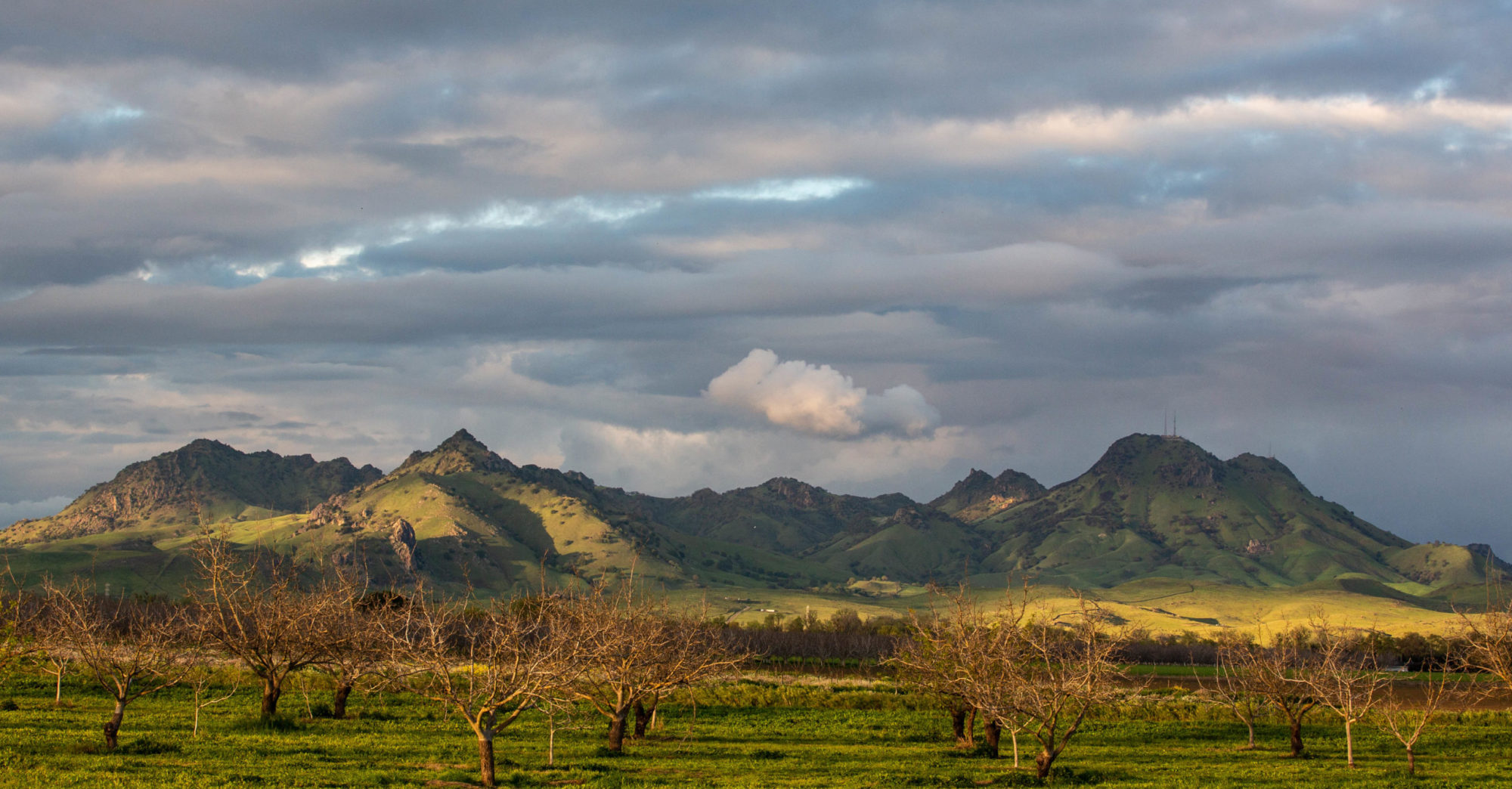Got a late start from Kansas City this morning, and took our time in Chase County–home of the Tallgrass Prairie National Preserve–before doing some serious driving starting at about 2:30 in the afternoon. Well, we had lunch in Cottonwood Falls, the Chase County seat, and since we had just one key for the car and were concerned about locking it in the car–we stopped by a general dry good store with a sign that said it made keys. Getting the spare key was a half-hour process that involved the store proprietor expressing doubts about his ability to cut a two-sided key, a long search through the blanks he had in stock, and a digression about a locking gas cap that once had failed him. We did not hurry him along. Finally, he chose a blank he thought might work since he didn’t have the one specified for our Toyota Echo, and cut it with no problem. He said he thought it would work in the car, took our buck-eighty, and we were on our way. The new key works fine and all we have to remember to do now is not to leave the spare key in the car where we won’t be able to retrieve it when we lock the other one inside the vehicle.
We also wasted some time trying to locate Kansas Highway 150, which our map sort of implied might head west from Cottonwood Falls. Eventually we found it, but not before driving back and forth on a back road that goes past the town fishing lake and through a dying hamlet called Elmdale–still on the map–just off U.S. 50.
Elmdale looked desolate and much the worse for wear. Only one business appeared to exist in town–a grocery that except for the soda vending machines outside looked like it might be shut down. Just down the main street from there was a small edifice built from the same sandy-colored limestone that appears in many substantial buildings in the area. It was the city hall, built (according to an inscription at the lower right of the picture) by the Works Progress Administration in 1936.
Chris remarked that the place reminded him of a desperately poor town in eastern Kentucky, Pineville, that we had driven through with our dad in 1966. The shattered houses, some abandoned, some still occupied, reinforced the impression. So did the scruffy city park and the nearly empty streets. The one sign of activity was someone unloading a truck full of wooden pallets, adding them to the hundreds of pallets already stacked near one home. I wondered whether they were intended as firewood.
There’s a story to the town, one that naturally is not evident from a five-minute look at the place. By way of the town’s Wikipedia entry, I came upon a terrific (though undated) story from the Emporia Gazette that chronicles the town’s decline over the past 60 years, mostly due to a series of floods. The piece is accompanied by some nice shots from a Michigan photographer, Galen Frysinger.
Trip coordinates:
Departure point from Chicago: 42 degrees, 0 minutes, 32 seconds N. latitude
87 degrees, 41 minutes, 21 seconds W. longitude
Day One stop: 39 degrees, 6 minutes, 52 seconds N.
94 degrees, 45 minutes, 46 seconds W.
Day Two stop: 38 degrees, 6 minutes, 13 seconds N.
102 degrees, 37 minutes, 6 seconds W.
Home (Berkeley): 37 degrees, 52 minutes, 39 seconds N.
122 degrees, 16 minutes, 53 seconds W.
Comment: We’re within a quarter degree of our destination latitude. We’re about 20 degrees east of it. I don’t believe we’ll find a straight-line route.


